For years, the cloud computing landscape has been dominated by giants like Amazon Web Services (AWS) and Google Cloud Platform (GCP), offering robust solutions that cater to a wide range of business needs.
However, as the demands of modern startups evolve, there is a growing appetite for more flexible, cost-effective, and specialized alternatives. These new-age startups are emerging as viable contenders, providing innovative cloud solutions tailored to the unique requirements of today’s fast-paced and dynamic business environment.
Unlike traditional cloud providers, these new players are often more agile, offering niche services that address specific pain points, such as enhanced data privacy, simplified scalability, or more developer-friendly tools.
They are not just competing on price; they are reshaping the cloud ecosystem by delivering differentiated offerings that cater to startups looking for a competitive edge. With their focus on innovation, these startups are increasingly becoming the go-to choice for businesses that need to move quickly and efficiently without being bogged down by the complexity or one-size-fits-all approach of the bigger players.
In this blog, we will explore some of these emerging alternatives to AWS and GCP, examining how they are carving out a space in the cloud market by addressing the evolving needs of modern startup. Whether you’re looking for more control over your infrastructure, better cost management, or a solution that aligns more closely with your specific business goals, these new-age cloud providers might just offer the perfect alternative.
When it comes to picking error monitoring tools, there are a few critical features you should focus on to ensure your team can effectively detect, diagnose, and resolve issues:
When looking for alternatives to major cloud provider services like AWS/GCP, several specialized platforms offer equivalent functionalities.
Here is a list of top alternatives that can adequately replace specific cloud services.
Cloudflare is a versatile cloud platform known for its robust Content Delivery Network (CDN) and security solutions.
AWS Alternative
Comparison
Benefit
G2 Ratings: 4.5
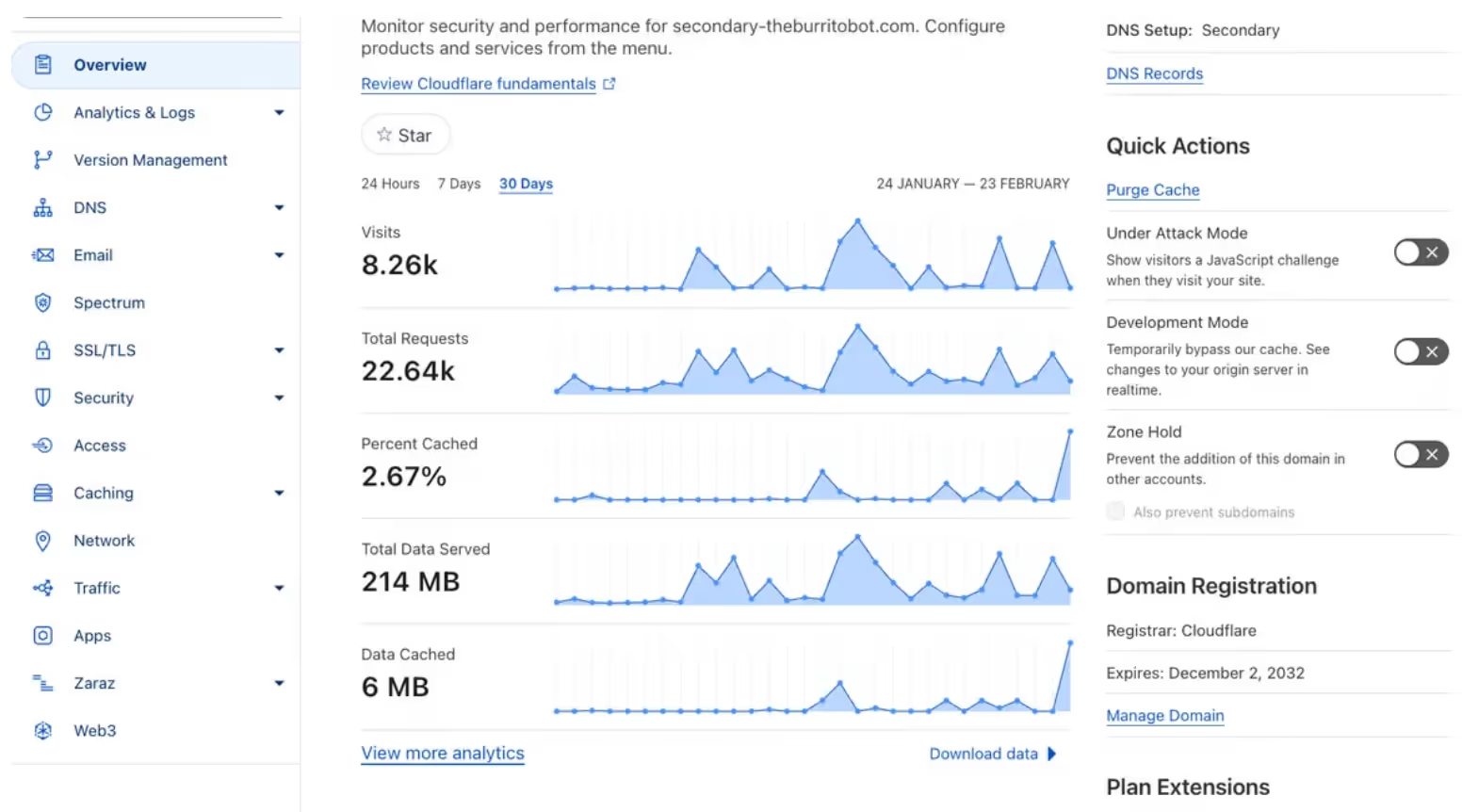
Pricing
Cloudflare offers a range of pricing options, including a free plan. Premium plans, which include additional security and performance features, start at $20 per month.
Relevant Links
Vercel is a cloud platform optimized for front-end frameworks and static sites. It offers a seamless environment for developers to deploy, manage, and scale their web applications with minimal configuration.
AWS Alternative
Comparison
Benefit
G2 Ratings: 4.6
.avif)
Pricing
Vercel offers a range of pricing plans, starting with a free tier and scaling up to paid options that begin at $20 per month.
Relevant Links
Render is a cloud platform that simplifies the process of deploying, managing, and scaling applications and services. It offers an easy-to-use alternative to several AWS/GCP services.
AWS/GCP Alternatives
G2 Ratings: 4.7
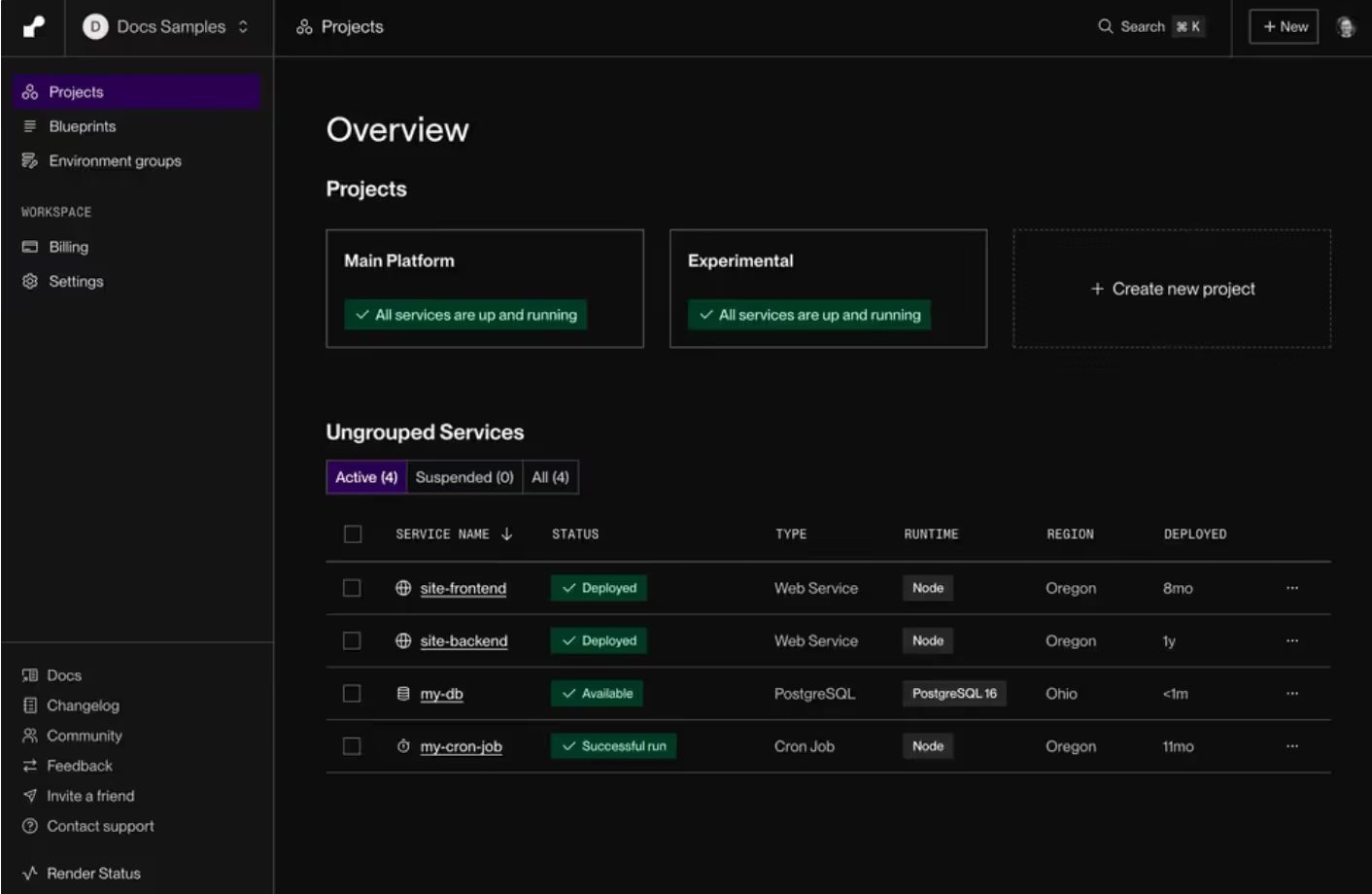
Pricing
Render offers a range of pricing plans, starting with a free tier and scaling up to paid options, beginning at $7 per month, depending on your resource needs.
Relevant Links
Railway.app is a platform designed for developers to deploy, manage, and scale applications without the complexity of traditional cloud infrastructure. It offers a user-friendly alternative to several AWS/GCP services with a focus on ease of use and automation.
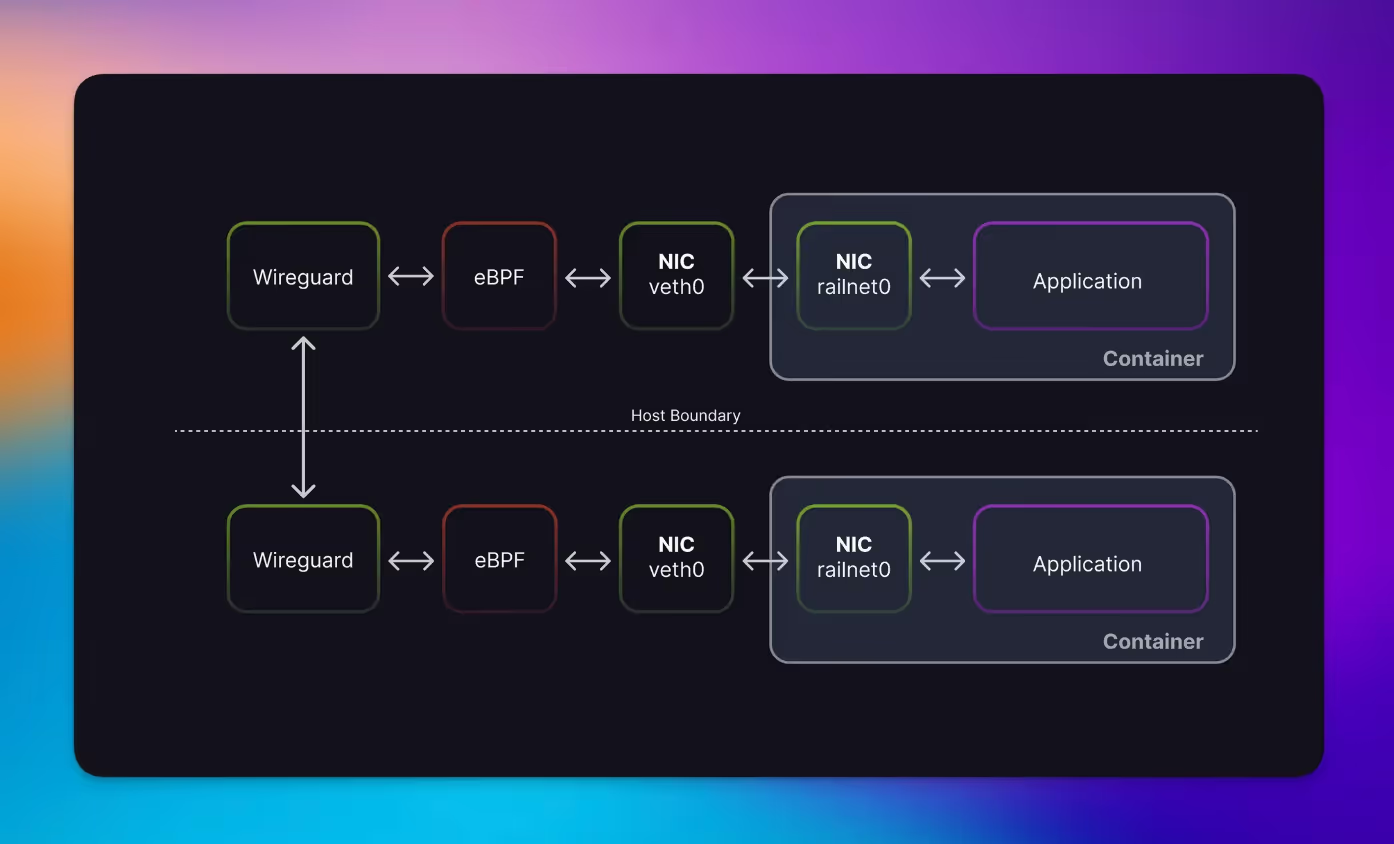
AWS/GCP Alternatives
G2 ratings:5
Pricing
Railway.app offers a free tier with limited resources, while paid plans start at $5 per month, scaling based on your usage needs.
Relevant Links
Heroku is a cloud platform as a service (PaaS) that simplifies the process of deploying, managing, and scaling applications, making it an easy-to-use alternative to several AWS and GCP services.
AWS/GCP Alternatives
G2 Ratings: 4
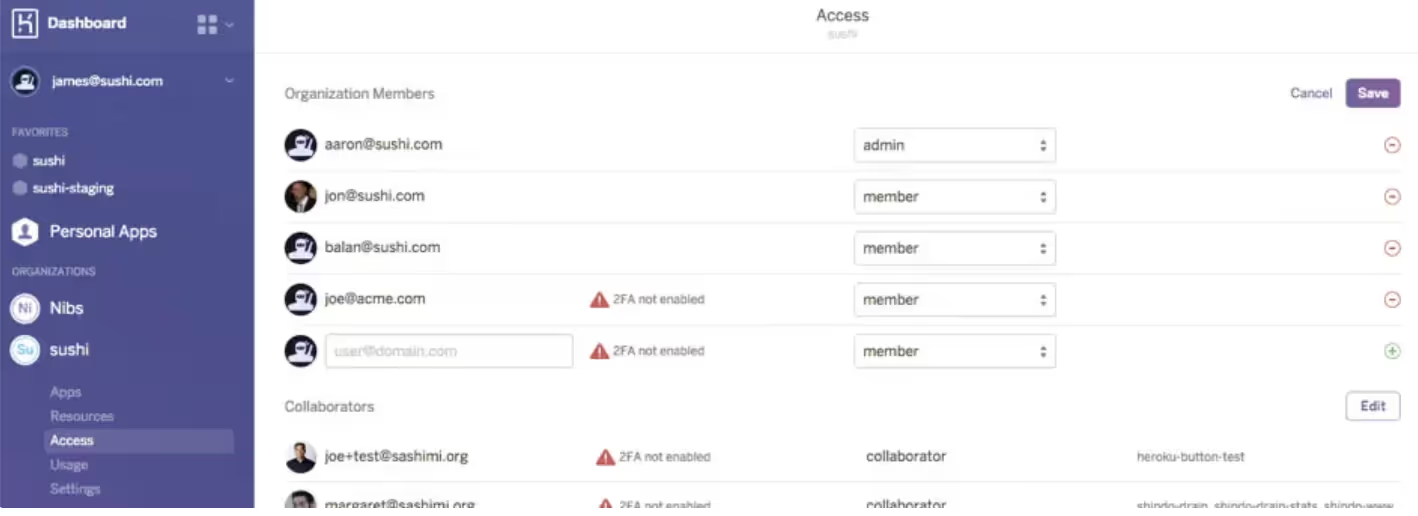
Pricing
Salesforce Heroku offers four different pricing tiers, with a free trial also available for users to explore its features.
Relevant Links
Fly.io is a cloud platform designed to deploy full-stack applications globally, offering an easy-to-use alternative to several AWS and GCP services with a focus on edge deployment and minimizing latency by running applications close to end users.
AWS/GCP Alternatives:
Benefits
G2 Ratings: 5

Pricing
Fly.io offers pay-as-you-go pricing, with free allowances for small projects and paid plans that scale based on the resources you use, such as CPU, memory, and bandwidth.
Relevant Links
Supabase is an open-source backend-as-a-service (BaaS) platform, offering a powerful alternative to Amazon RDS for managing databases. Built on PostgreSQL, it provides a comprehensive backend solution for developers with ease of use and real-time capabilities.
AWS Alternative
Benefit
G2 Ratings: 4.6
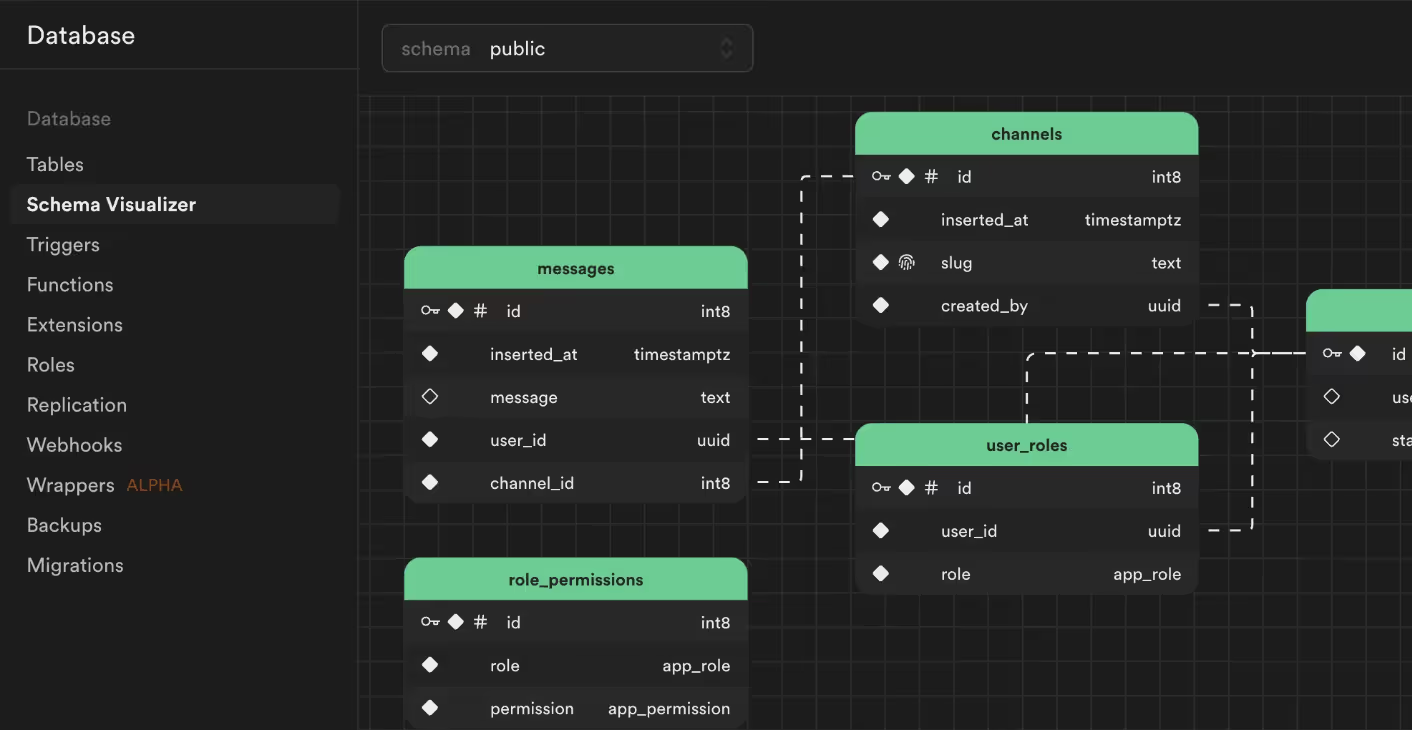
Pricing
Supabase offers a range of pricing options, starting with a free tier and scaling to paid plans that begin at $25 per month, with options to customize based on usage.
Relevant Links
Confluent is a cloud-native platform built on Apache Kafka, designed for real-time data streaming at scale. It serves as a more user-friendly, fully managed alternative to Amazon Managed Streaming for Apache Kafka (MSK).
AWS Alternative
Primary Benefit
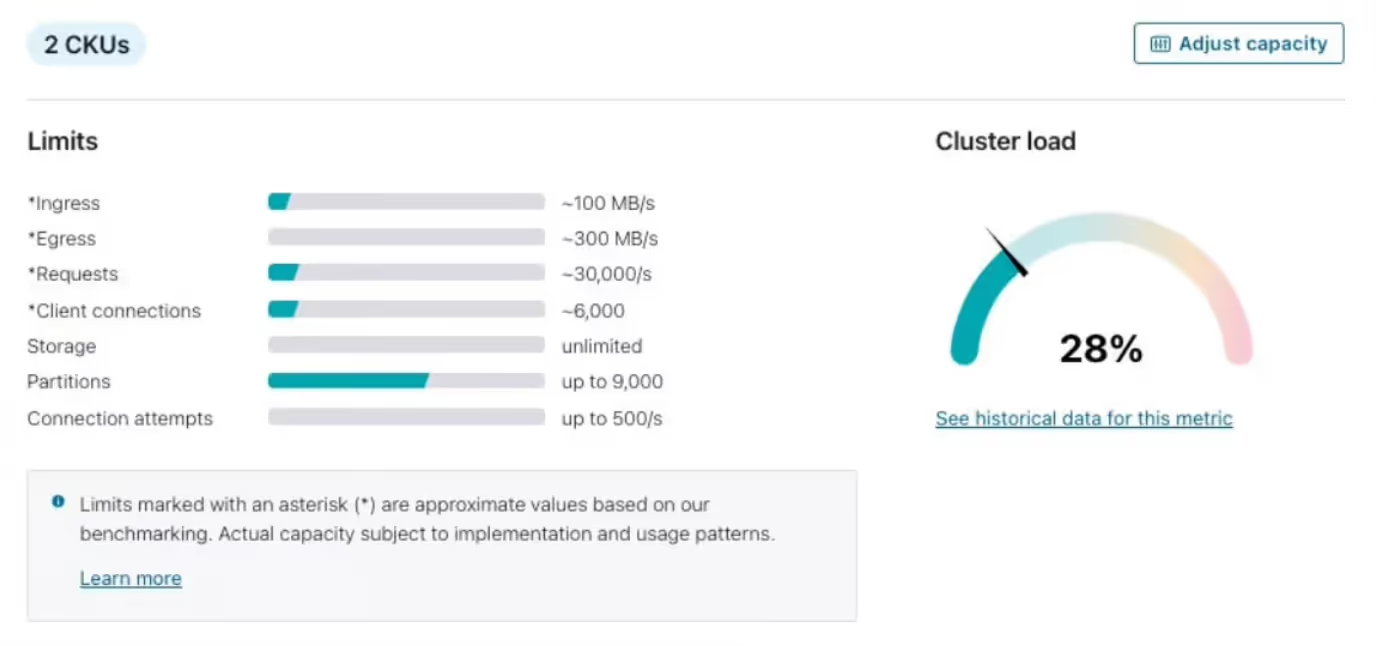
G2 Ratings: 4.4
Pricing
Confluent offers a usage-based pricing model, starting with a free tier and scaling based on data streaming, storage, and other resources used.
Relevant Links
Aiven is a cloud platform offering fully managed services for open-source data technologies. It provides a wide range of services, many of which can replace certain AWS/GCP offerings with a strong focus on ease of use, open-source support, and multi-cloud capabilities.
Aiven for Caching replaces AWS MemoryDB and Google Memorystore, offering a managed in-memory caching service with the ability to deploy across multiple cloud platforms, including AWS, Google Cloud, and Microsoft Azure.
G2 Rating: 4.3
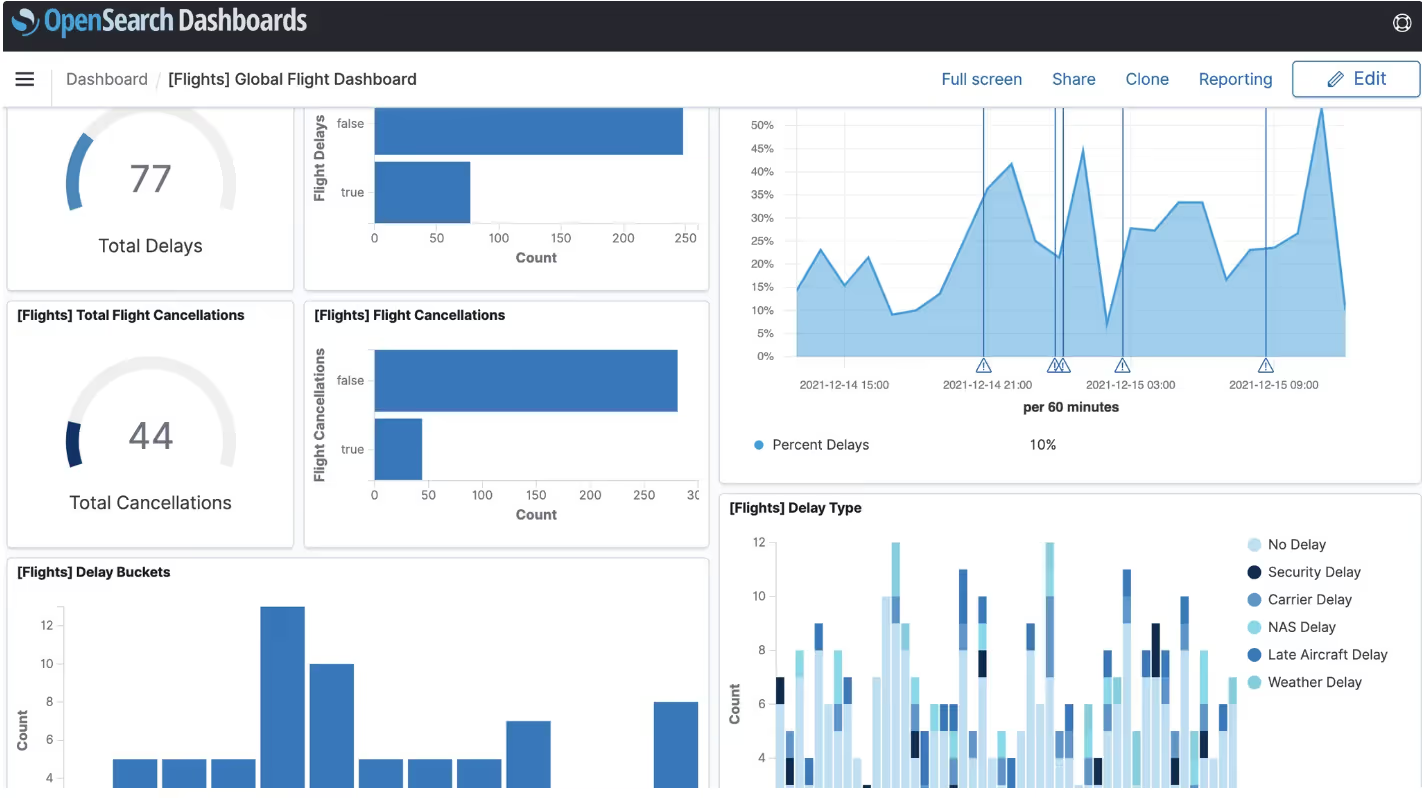
Pricing
Aiven offers flexible, usage-based pricing across multiple cloud providers, with costs determined by the service, cloud, and region selected.
Relevant Links
Ubi Cloud provides an open-source alternative to AWS and GCP, focusing on cost reduction, transparency, and giving businesses more control over their infrastructure.
AWS/GCP Alternatives:
G2 Rating: N/A
Pricing
UbiCloud offers usage-based pricing that adjusts depending on the resources and services utilized.
Relevant Links

Cloudflare is a versatile cloud platform known for its robust Content Delivery Network (CDN) and security solutions.
G2 Ratings: 4.5

AWS Alternative
Comparison
Cloudflare offers a range of pricing options, including a free plan. Premium plans, which include additional security and performance features, start at $20 per month.

Vercel is a cloud platform optimized for front-end frameworks and static sites. It offers a seamless environment for developers to deploy, manage, and scale their web applications with minimal configuration.
G2 Ratings: 4.6

AWS Alternative
Comparison
Vercel offers a range of pricing plans, starting with a free tier and scaling up to paid options that begin at $20 per month.
Docs: https://vercel.com/docs
Community: https://vercel.community/
GitHub: https://github.com/vercel
Integrations: https://vercel.com/integrations

Render is a cloud platform that simplifies the process of deploying, managing, and scaling applications and services. It offers an easy-to-use alternative to several AWS/GCP services.
G2 Ratings: 4.7

AWS/GCP Alternatives
Render offers a range of pricing plans, starting with a free tier and scaling up to paid options, beginning at $7 per month, depending on your resource needs.
Docs: https://docs.render.com/
GitHub: https://github.com/renderinc
Community: https://community.render.com/

Railway.app is a platform designed for developers to deploy, manage, and scale applications without the complexity of traditional cloud infrastructure. It offers a user-friendly alternative to several AWS/GCP services with a focus on ease of use and automation.

AWS/GCP Alternatives

G2 ratings:5
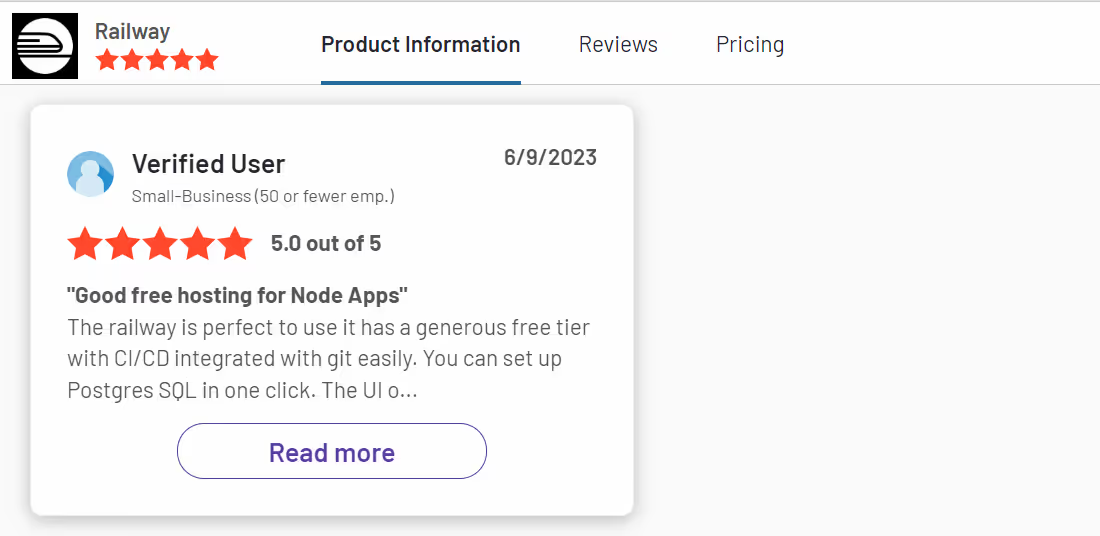
Railway.app offers a free tier with limited resources, while paid plans start at $5 per month, scaling based on your usage needs.
Docs: https://docs.railway.app/
Community: https://discord.gg/railway
GitHub: https://github.com/railwayapp
In an increasingly competitive and evolving cloud landscape, new-age alternatives to AWS and GCP are reshaping how startups and enterprises approach cloud computing.
Platforms like Cloudflare, Vercel, and Supabase focus on specific pain points such as content delivery, scalability, and backend management, providing businesses with options that better align with their unique needs.
As these alternatives grow in popularity, they allow businesses to build, deploy, and scale more efficiently without being locked into a one-size-fits-all model. Whether it's simplifying infrastructure management with Render or deploying globally distributed apps with Fly.io, these providers are proving that there is more than one path to achieving cloud success.
By carefully evaluating your specific requirements and considering factors like pricing, scalability, and support, you can select the cloud provider that best supports your long-term goals. Embracing these alternatives could be the key to gaining a competitive edge in the fast-moving digital world.
Try Doctor Droid — your AI SRE that auto-triages alerts, debugs issues, and finds the root cause for you.
(Perfect for DevOps & SREs)

Install our free slack app for AI investigation that reduce alert noise - ship with fewer 2 AM pings
Everything you need to know about Doctor Droid
Some notable alternatives include Cloudflare for content delivery and edge computing, Vercel for frontend deployment, Supabase for database management, Render for simplified infrastructure management, and Fly.io for globally distributed applications. These platforms focus on specific pain points rather than trying to be all-in-one solutions.
Startups might choose alternatives for several reasons: more competitive pricing, specialized services that better align with specific needs, less complexity, better developer experience, avoidance of vendor lock-in, simpler scaling options, and in some cases, superior support tailored to smaller companies.
Yes, many alternative providers like Cloudflare, Vercel, and Render have proven themselves reliable for production workloads. However, it's important to research each provider's track record, SLAs, and uptime guarantees. Many successful startups and even larger companies now run critical infrastructure on these platforms.
Newer cloud alternatives often offer more predictable pricing models and can be more cost-effective for specific use cases. While AWS and GCP might offer broader services, startups frequently find they're paying for unused capacity or features. Alternative providers typically offer simpler pricing structures that can result in significant savings for specific workloads.
Key factors to consider include: specific technical requirements of your application, pricing structure, scalability options, available developer tools and integrations, quality of documentation and support, security features, compliance certifications, and potential migration costs if you need to switch later.
While most alternatives don't match the exact global footprint of AWS or GCP, many offer surprisingly good global coverage. For example, Cloudflare has data centers in over 275 cities worldwide, and Fly.io allows deployment to dozens of regions globally. The right choice depends on where your users are located and your specific latency requirements.
Absolutely. Many organizations adopt a multi-cloud strategy, using different providers for different aspects of their infrastructure. For example, you might use Vercel for frontend hosting, Supabase for database needs, and still maintain some workloads on AWS. This approach lets you leverage the strengths of each platform.
Potential downsides include fewer integrated services compared to the AWS/GCP ecosystems, possibly less comprehensive documentation, smaller communities for troubleshooting, potential challenges finding experienced staff, and risks associated with younger companies that might pivot or be acquired.
Dr. Droid can be self-hosted or run in our secure cloud setup. We are very conscious of the security aspects of the platform. Read more about security & privacy in our platform here.
Dr. Droid can be self-hosted or run in our secure cloud setup. We are very conscious of the security aspects of the platform. Read more about security & privacy in our platform here.


